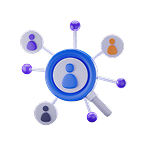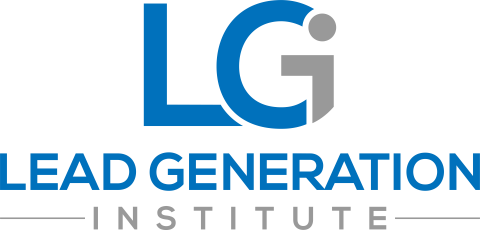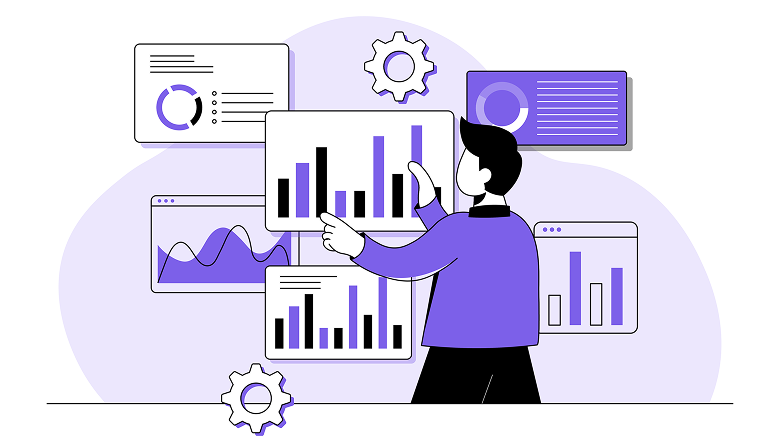Wouldn’t it be great to know exactly when your prospects are ready to buy? Imagine getting a heads-up about what they’re searching for, reading, or downloading. That’s what intent data does—it gives you insights into what potential customers want so you can act at the right time. Let’s break it down in simple terms.
What is Intent Data?
Intent data is like a trail of clues about what your prospects are doing online. It tracks behaviors like:
- The articles they’re reading.
- The keywords they’re searching for.
- The whitepapers or resources they’re downloading.
Why is this important?
- You can spot who’s actively consuming content related to your products and services.
- You’ll know the best time to reach out—before your competitors do. Vendors that approach a prospect first have a 37% higher close rate.
- You can customize your messages to match their interest.
Where Does Intent Data Come From?
There are three main sources of intent data, each offering unique insights:
- First-Party Data:
This is information you collect directly from your own website, emails, or social media. It’s real-time and specific to your audience, making it super valuable. - Second-Party Data:
This comes from partnerships with other companies, such as review sites or publishing networks. It gives you a broader view of trends in your market. - Third-Party Data:
This is gathered from across the internet using tools that track keywords, IP addresses, and online discussions. It provides a big-picture view of market activity and competitor trends.
How Do You Use Intent Data?
Intent data isn’t just about knowing what people are doing—it’s about acting on that knowledge. Here’s how you can use it

- Find High-Potential Leads: Focus on prospects actively researching solutions like yours.

- Personalize Your Outreach: Create messages that directly address their needs and challenges.

- Improve Lead Scoring: Add intent signals to prioritize leads most likely to convert.

- Optimize Marketing Campaigns: Use intent data to design campaigns that truly resonate with your audience.
What About Challenges?
While intent data is powerful, it does come with challenges—especially with privacy laws and changing buyer behaviors due to remote work. To overcome these hurdles:
- Follow privacy regulations like GDPR and CCPA to stay compliant. Note that several states are updating their privacy laws, so it’s essential to pay attention to these changes.
- Use structured keyword strategies to refine your targeting efforts.
- Regularly review and adjust your approach as buyer behavior evolves over time.
Why Should You Care About Intent Data?
Most B2B buyers do their research online before ever talking to a salesperson. If you’re not using intent data, you’re missing out on opportunities to connect with them at the right time. With intent data, you can:
- Shorten your sales cycle by focusing on leads that are ready to buy now.
- Increase win rates by targeting accounts showing high purchase intent.
- Align sales and marketing teams with shared goals and better insights.
The Bottom Line
Intent data isn’t just another buzzword—it can be a game-changing tool for more innovative sales and marketing strategies. By understanding what your prospects want and when they are searching can help you close deals faster and grow your business more effectively.




